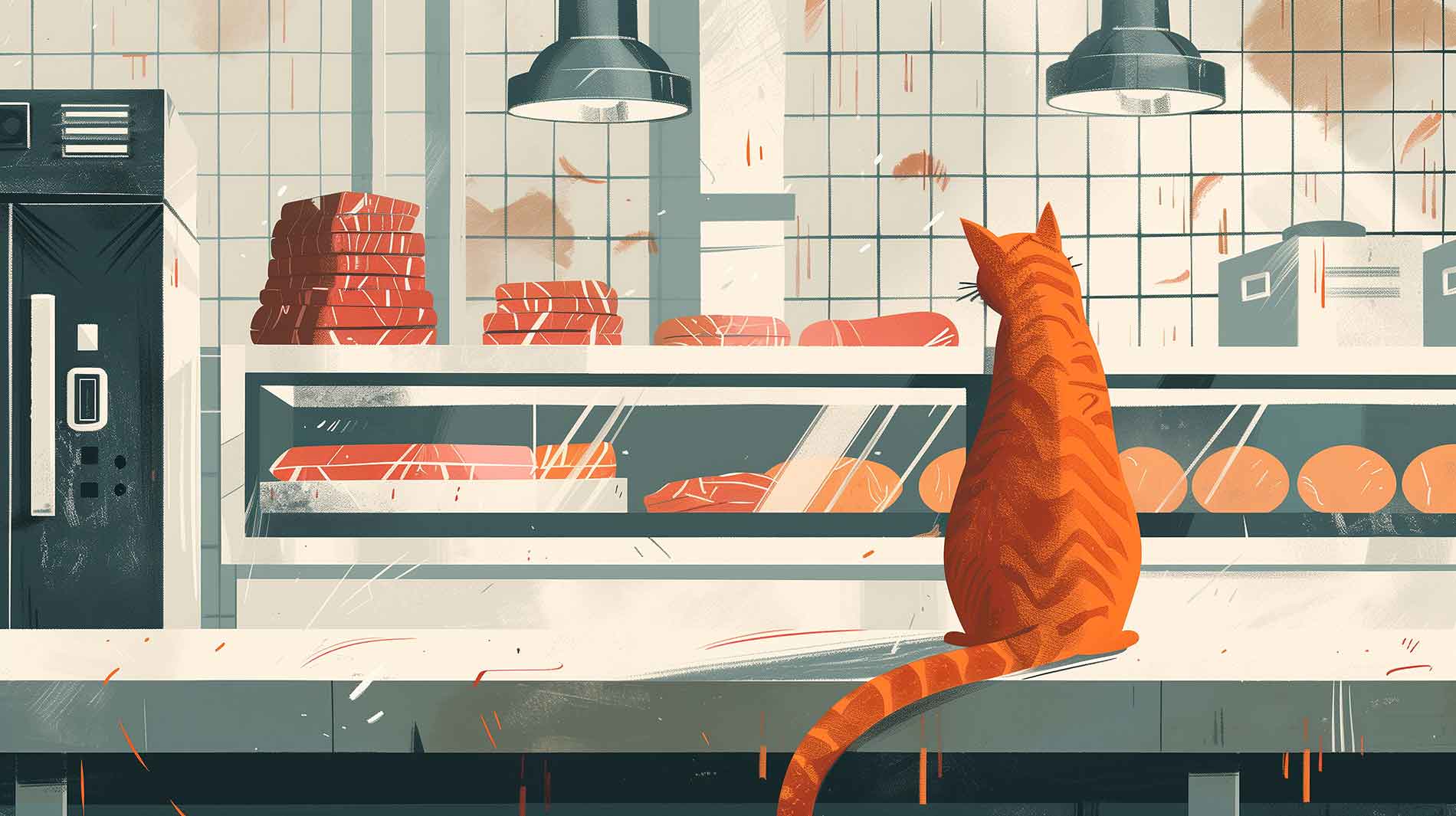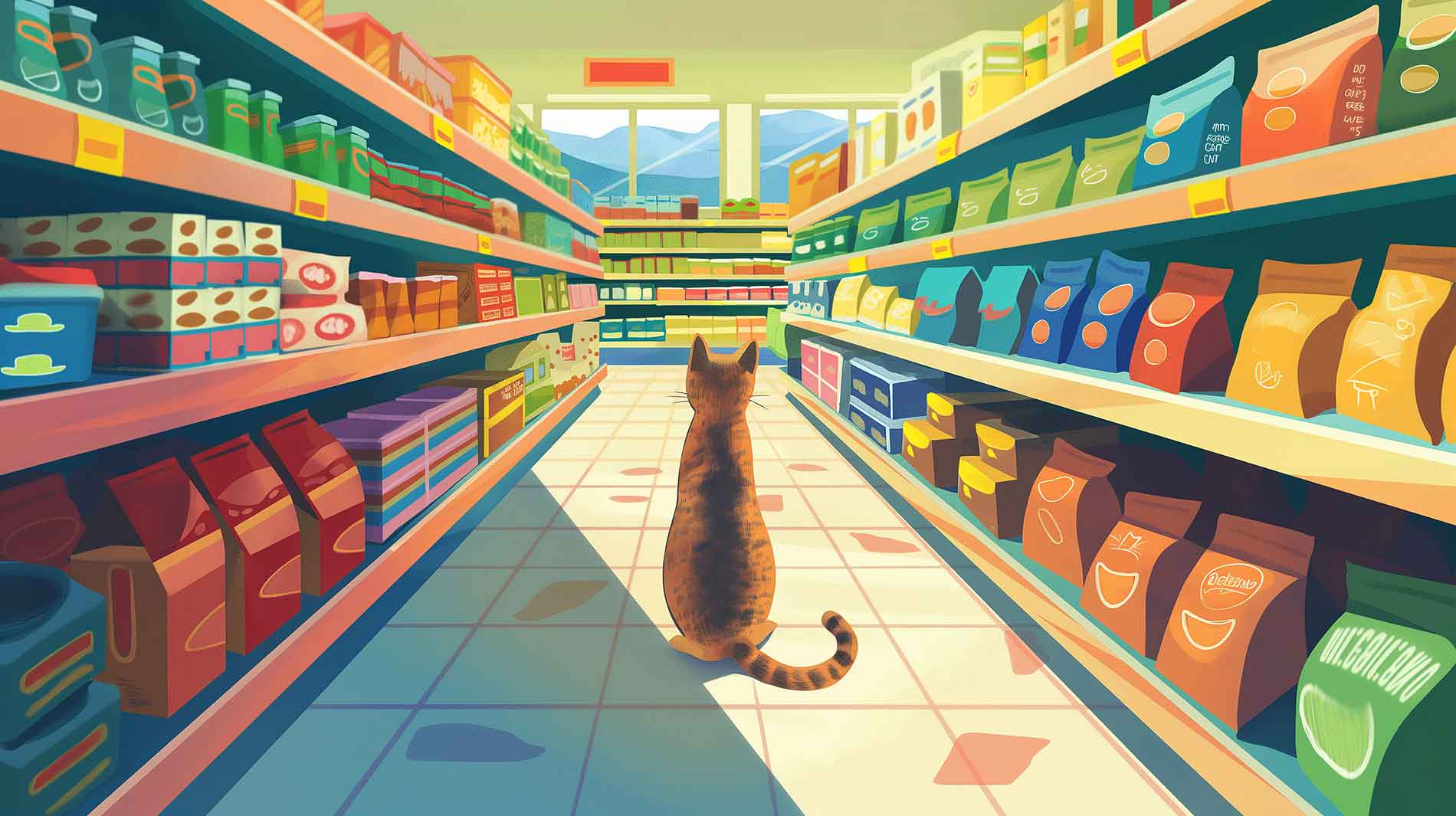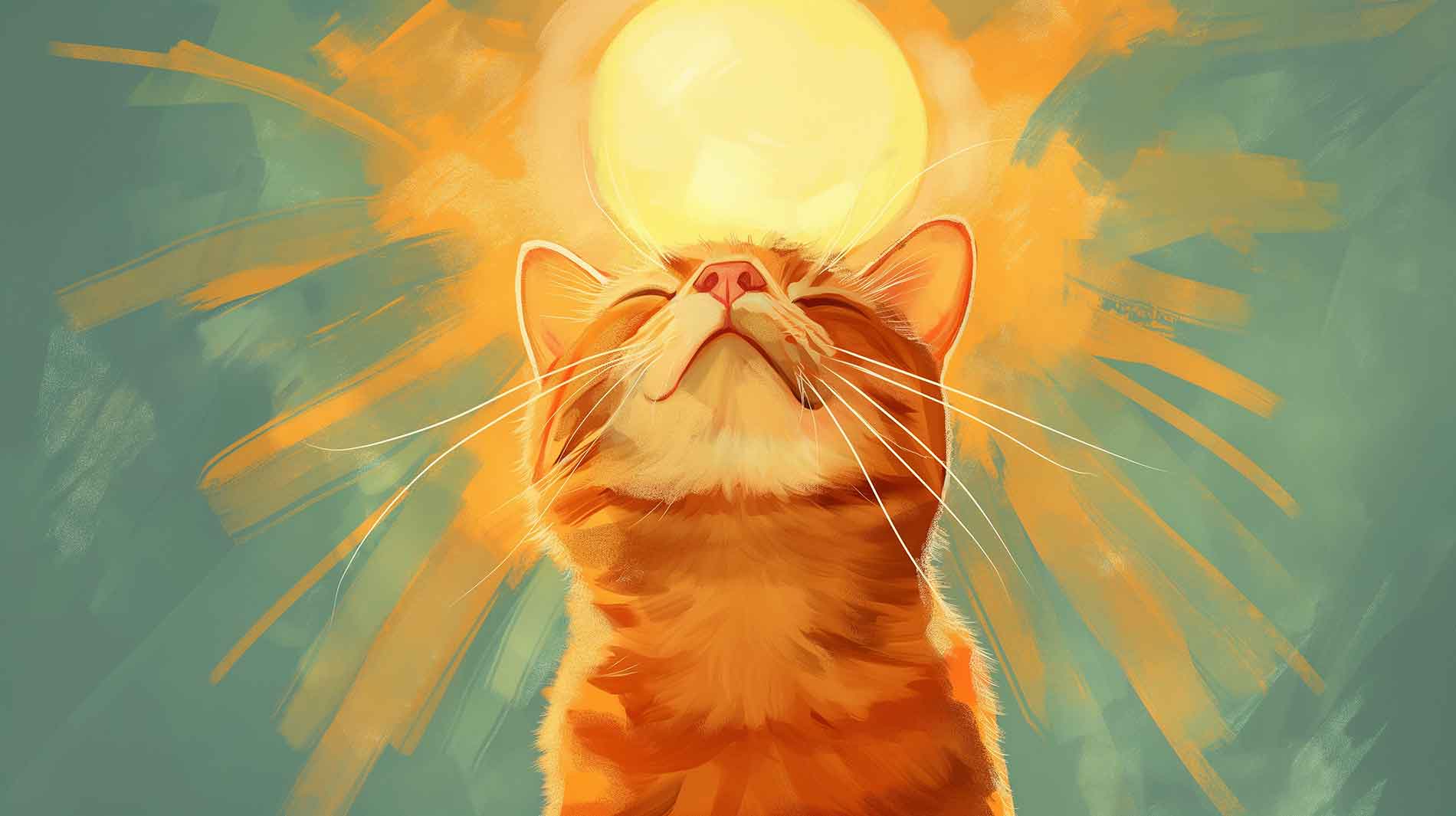Want to make sure your feline friend is healthy, happy, and purring with delight? Look no further! One of the most important aspects of cat care is providing a proper diet. This article will guide you through how to feed your cat, how often to feed her, and what to feed her. We’ll also cover what not to feed your cat, as well as the role of treats in your fur baby’s diet. Let’s get started!
How to feed your cat: set a paws-itive routine!
Cats love routines, and they’ll adore you for setting a consistent feeding schedule. Feed your fluffy companion at the same times each day to keep her metabolism purring. Regular feeding times also help prevent overeating by ensuring your cat receives the right amount of nutrition without feeling the need to gorge. By creating a stable feeding routine, you’ll also reduce her stress and anxiety, making her more comfortable and content.
How often to feed a cat: Age and lifestyle make a difference!
The purr-fect feeding frequency depends on your cat’s age and lifestyle:
- Kittens: Feed those adorable little furballs as often as they want to eat during the day but at the very least four times until they’re about six months old. The younger they are, the more often to feed baby cats.
- Adult cats: Two to three times a day is the sweet spot for adult cats – if you’re busy or out of the house, it comes down to once in the morning and once in the evening. You can feed them more often if your time allows it, though.
- Senior cats: For aging feline royalty, consult your veterinarian to determine the best feeding schedule. It also depends on what they’re used to. If you fed them four times a day as an adult, you can keep doing so. Just keep an eye on them to avoid overfeeding them as they are not as active as younger cats.
What to feed your cat: Good wet food is the cat’s meow!
High-quality wet food is the only correct answer for what to feed your feline. It’s packed with essential nutrients and hydration for a healthy, content kitty. When choosing wet food, opt for options that:
- Boast high-quality protein sources like chicken, turkey, or beef
- Are grain-free, since cats are born carnivores
- Are free from artificial nasties like colors, flavors, and preservatives
- Are transparent about what is actually inside of it
Don’t fall for the kibble myth: contrary to popular belief, there’s no scientific evidence to support the claim that dry food prevents periodontal diseases in cats. This misconception has been perpetuated by clever marketing strategies to sell dry food.
What not to feed your cat: Keep human foods at bay!

Some human foods are downright dangerous for cats, including:
- Raw meat: Sounds like a good treat at first but can give your kitty toxoplasmois or other infectious diseases.
- Anything with Onion and garlic: A big no-no! They can cause anemia and tummy troubles.
- Salty foods like sausage and ham: Dehydration and electrolyte imbalances? No, thank you!
- Canned fish: Unpredictable levels of mercury. If you got to think about it, don’t feed it.
- Foods containing lactose: Most cats are lactose intolerant, so steer clear to avoid digestive woes. Sorry, Tom, no milk for you!
In a nutshell, human scraps are off the menu for your feline companion. Same goes for dog food by the way. Stick to cat-approved foods instead! If you decide to feed your cat raw meat, just putting a chicken leg in your cat’s bowl won’t cut it. It’s crucial to handle, store and supplement it properly, and consult with a cat nutritionist to ensure that your cat’s nutritional needs are being met.
The role of treats in your cat’s diet: Rare and fun!
Treats can be a fantastic addition to your cat’s diet – when used wisely! Keep your kitty in tip-top shape by using treats for:
- Exciting brain stimulation: Treats can be used in puzzle toys or as rewards during interactive play, keeping your cat mentally engaged and sharp.
- Teaching cool tricks or reinforcing good behavior: Use treats as positive reinforcement during training sessions, by rewarding your cat after showing the desirable behavior.
Building on the debunked kibble myth: Treats aren’t the answer to dental care either. Instead, give your cat food with filet pieces that can rub against her teeth for a sparkling smile! So, treats certainly have their place – but remember, moderation is key.
Conclusion
Feeding your cat has never been easier! By focusing on delectable high-quality wet food, setting a consistent feeding schedule, and using treats wisely, you’ll have a healthy, happy feline in no time. If you’re ever unsure about your cat’s diet, your veterinarian is just a phone call away. Happy feeding, cat lovers!








